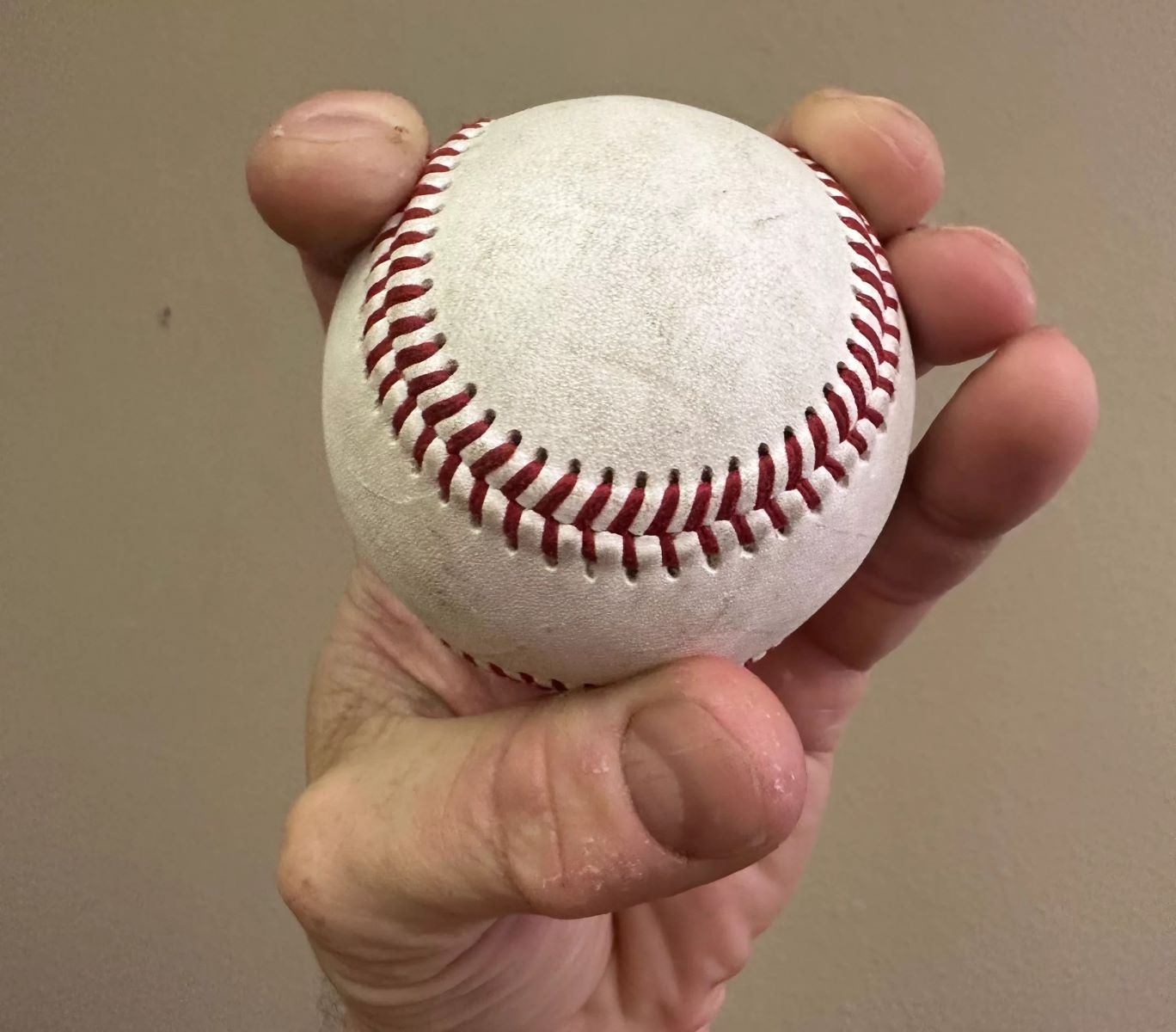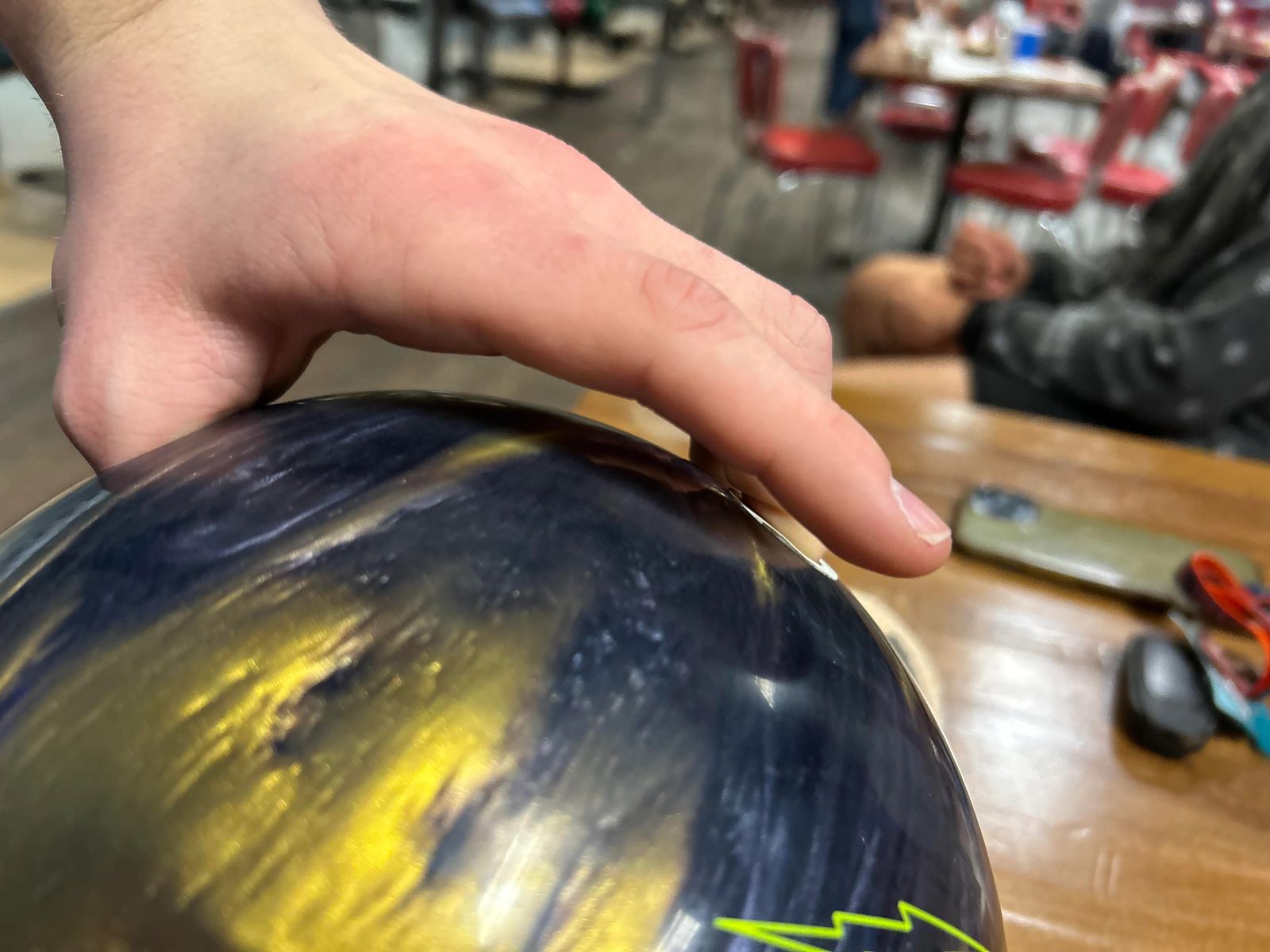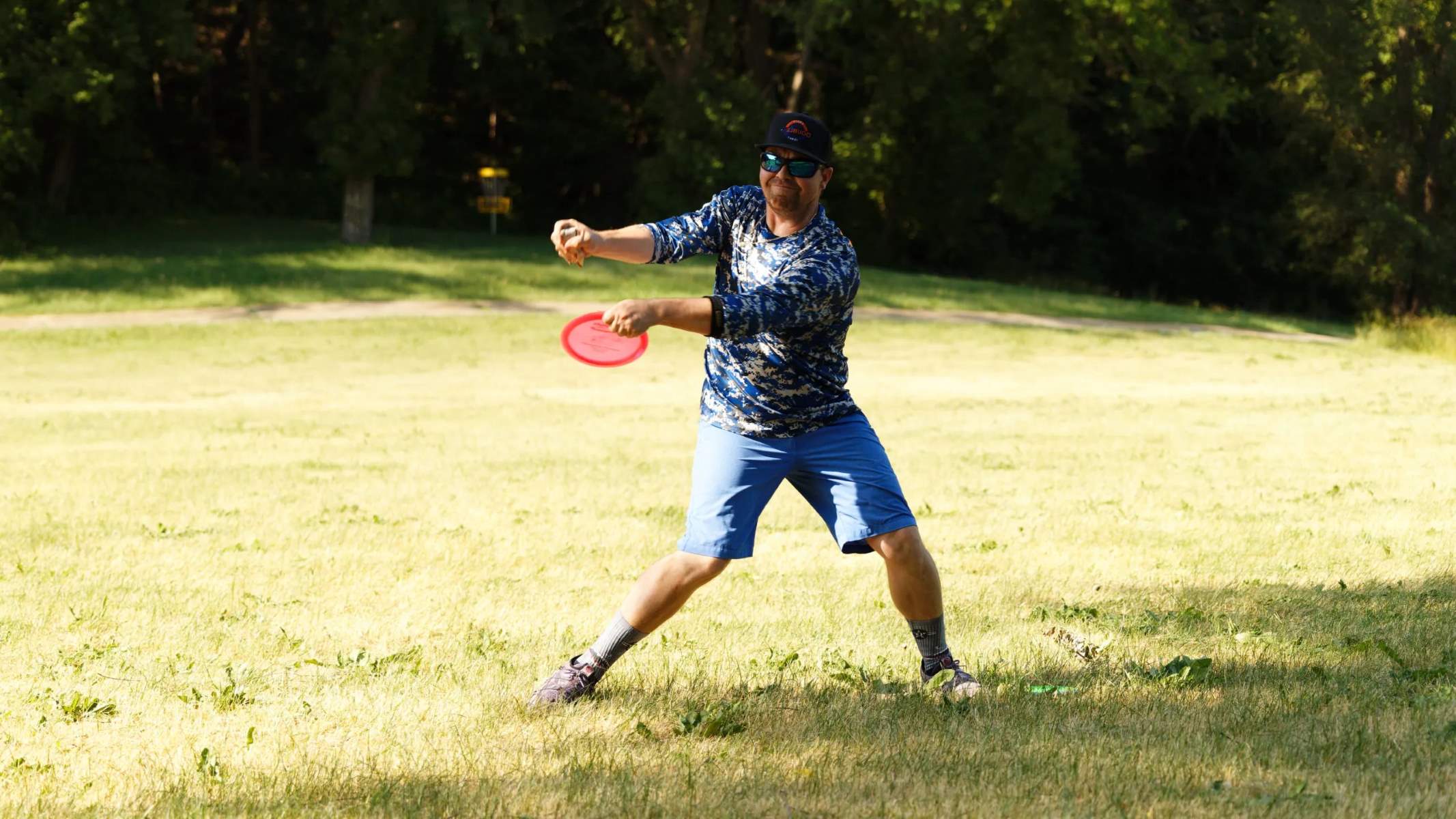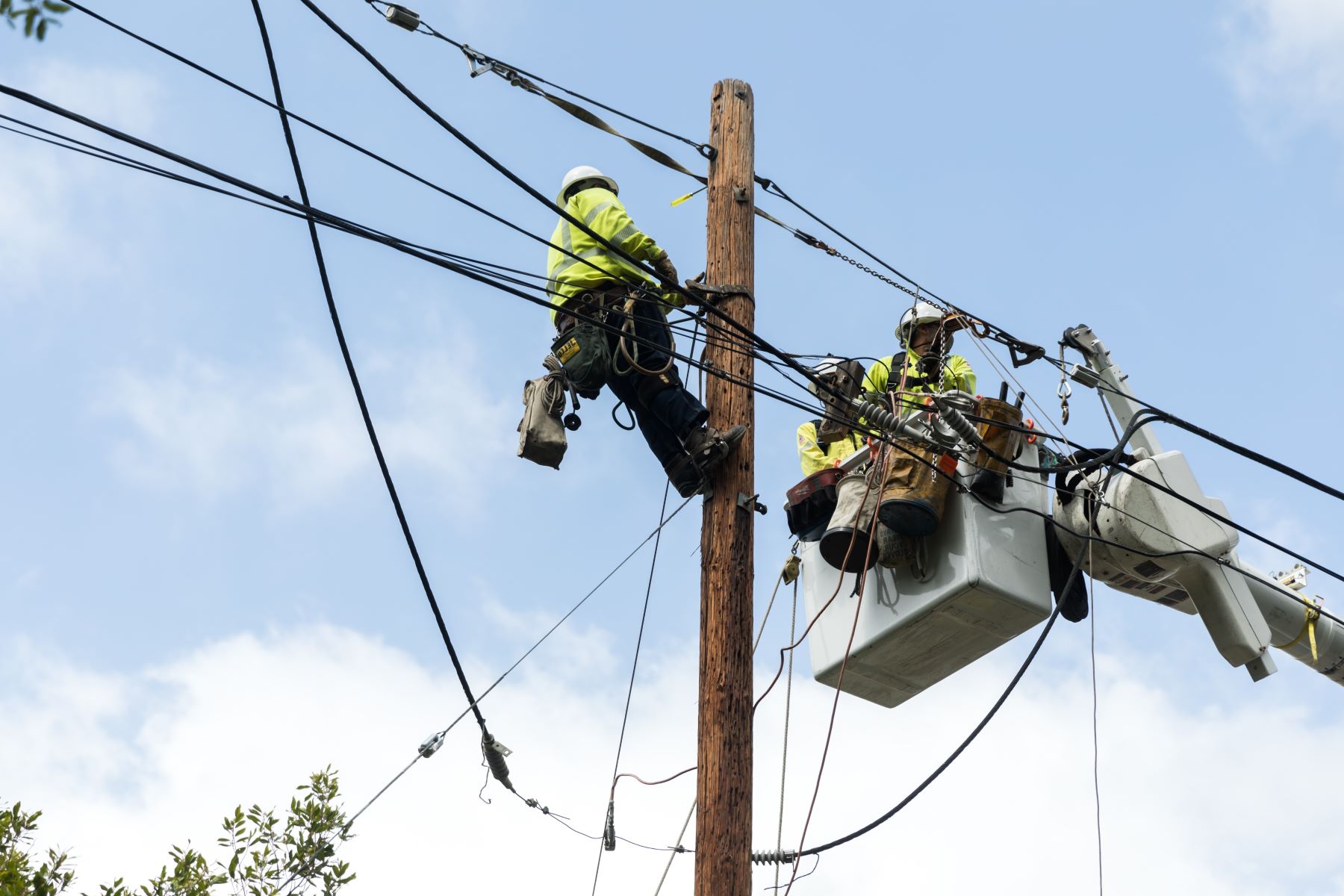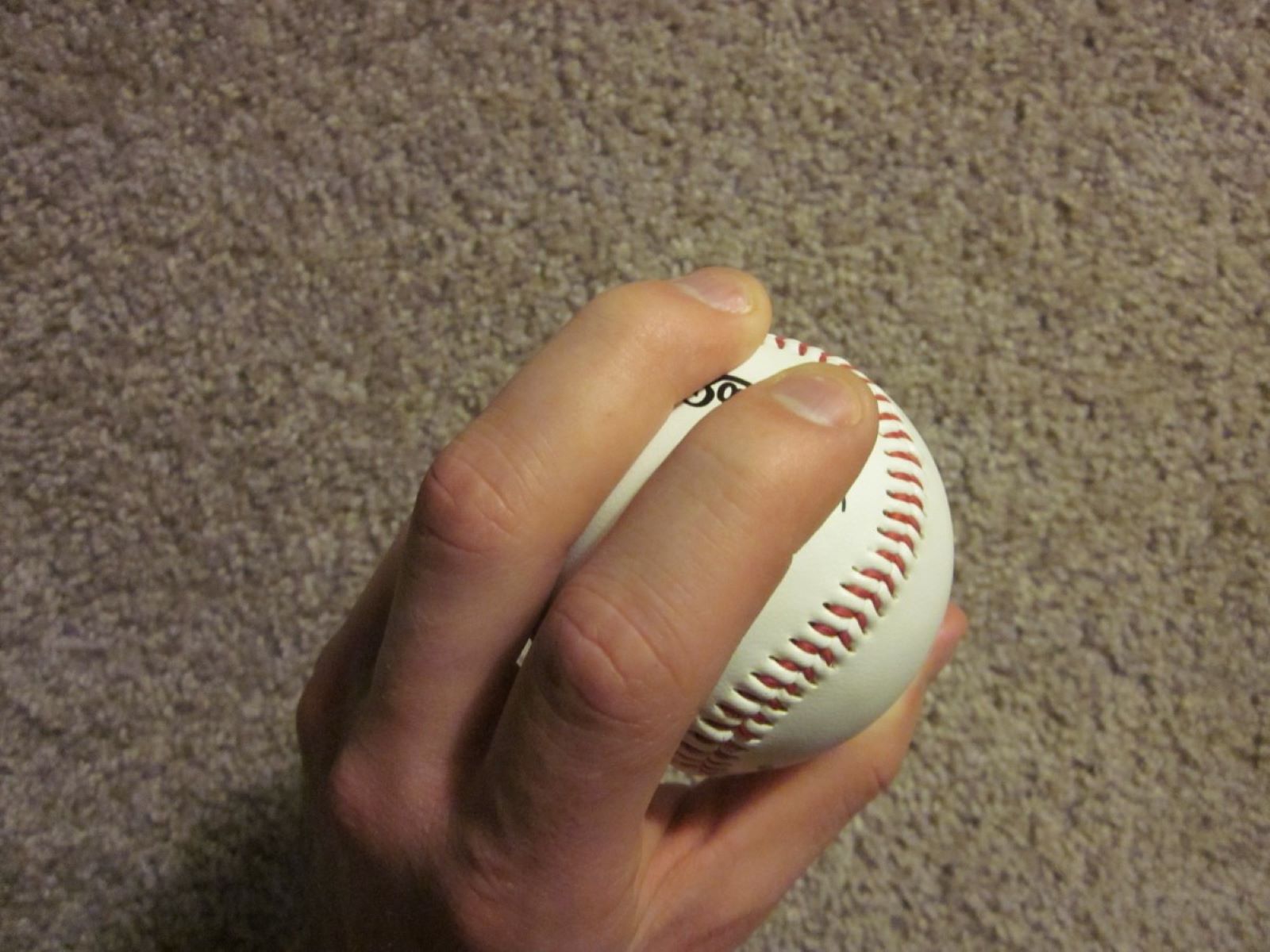

Sports
How To Throw A Sinker
Published: February 28, 2024
Learn the secrets of throwing a powerful sinker pitch in baseball with our expert tips and techniques. Improve your sports skills and dominate the game!
(Many of the links in this article redirect to a specific reviewed product. Your purchase of these products through affiliate links helps to generate commission for Regretless.com, at no extra cost. Learn more)
Table of Contents
Introduction
The sinker pitch is a formidable weapon in a pitcher's arsenal, known for its ability to deceive batters and induce ground balls. Mastering the art of throwing a sinker requires a deep understanding of its mechanics, precise gripping techniques, and refined throwing skills. In this comprehensive guide, we will delve into the intricacies of the sinker pitch, equipping you with the knowledge and techniques needed to perfect this challenging yet rewarding pitch.
The sinker, also referred to as a two-seam fastball, is characterized by its downward and inward movement as it approaches the plate. When executed effectively, the sinker can confound even the most seasoned batters, causing them to make contact with the lower portion of the ball, resulting in ground balls and potential double plays. Its ability to induce ground balls makes it a valuable asset for pitchers aiming to keep runners off base and minimize the risk of home runs.
Throughout this guide, we will explore the fundamental principles behind the sinker pitch, including the intricate mechanics that govern its movement, the optimal gripping techniques to impart the desired spin, and the nuanced throwing techniques that maximize its effectiveness. Additionally, we will highlight common mistakes to avoid when perfecting the sinker, as well as specific drills designed to hone your skills and elevate your sinker pitch to the next level.
Whether you're a seasoned pitcher looking to refine your repertoire or a budding hurler eager to add a devastating pitch to your arsenal, this guide will provide you with the insights and techniques necessary to master the art of throwing a sinker. By the end of this journey, you will possess the knowledge and skills to consistently deliver a sinker that leaves batters flailing and infielders poised for action. So, let's embark on this immersive exploration of the sinker pitch and unlock the secrets to becoming a master of this deceptive and formidable weapon on the mound.
Understanding the Mechanics of a Sinker
The sinker pitch is renowned for its ability to defy gravity and veer sharply downward as it approaches the plate, confounding batters and inducing ground balls. To comprehend the mechanics of a sinker, it's essential to delve into the intricate interplay of forces and aerodynamics that govern its movement.
At its core, the sinker is a variant of the fastball, distinguished by the grip and release imparted by the pitcher. Unlike a traditional four-seam fastball, which generates backspin and tends to stay on a level plane, the sinker is designed to produce topspin, causing it to dive as it nears the batter. This downward movement is a result of the ball's rotation interacting with the air, creating a pressure difference that forces the ball to dip.
The key to achieving this topspin lies in the pitcher's release and finger positioning. By gripping the ball with a two-seam grip, where the index and middle fingers are placed along the seams, the pitcher can impart the necessary spin to induce the sinking action. As the ball hurtles toward the plate, the topspin causes it to drop suddenly, often catching batters off guard and leading to weak contact or swings and misses.
Furthermore, the pitcher's arm angle and delivery play a pivotal role in dictating the trajectory of the sinker. A slightly lower arm slot can accentuate the sinking action, making the pitch even more deceptive and challenging for batters to square up. Additionally, the speed and velocity at which the sinker is thrown contribute to its effectiveness, with a well-executed sinker combining movement and velocity to keep batters off balance.
In essence, the mechanics of a sinker encompass a delicate fusion of grip, release, spin, and delivery, culminating in a pitch that defies expectations and keeps hitters guessing. By unraveling the intricate dynamics that underpin the sinker's movement, pitchers can harness its deceptive qualities to become formidable forces on the mound, consistently inducing ground balls and frustrating opposing lineups.
Gripping the Ball for a Sinker
Gripping the ball for a sinker is a fundamental aspect that significantly influences the pitch's movement and effectiveness. The two-seam grip is the hallmark of the sinker pitch, distinguishing it from other fastball variations. To achieve the desired sinking action, the pitcher must adopt a precise grip that facilitates the imparting of topspin on the ball.
The grip begins with the placement of the index and middle fingers along the seams of the baseball. Unlike the four-seam fastball grip, where the fingers rest across the seams, the two-seam grip involves positioning the fingers parallel to the seams. This orientation allows the pitcher to generate the necessary spin that causes the ball to dive as it approaches the plate.
The positioning of the thumb is equally crucial in the two-seam grip. Placing the thumb directly underneath the ball provides stability and control, enabling the pitcher to exert the desired pressure and impart the requisite spin for the sinker. The alignment of the fingers and thumb in the grip forms the foundation for the pitch's movement, dictating the trajectory and inducing the characteristic downward action.
Furthermore, the grip should not be overly tense or rigid, as excessive tension can impede the fluidity of the pitcher's motion and compromise the delivery of the sinker. Finding the right balance between grip pressure and flexibility is essential to ensure a seamless and effective release of the pitch.
Mastering the art of gripping the ball for a sinker demands precision and dexterity, as subtle adjustments in finger placement and pressure can significantly alter the pitch's movement. Pitchers must dedicate ample time to perfecting their grip, honing their ability to consistently replicate the ideal positioning and pressure required to unleash a deceptive and formidable sinker.
In essence, the grip serves as the linchpin of the sinker pitch, laying the groundwork for the intricate spin and movement that define this elusive and potent weapon. By meticulously refining their grip and cultivating a deep understanding of its nuances, pitchers can harness the full potential of the sinker, confounding batters and asserting their dominance on the mound.
Throwing Techniques for a Sinker
Executing the sinker pitch with precision and consistency hinges on the pitcher's adeptness in employing refined throwing techniques that optimize the pitch's movement and deception. From the initial windup to the release, each phase of the pitching motion plays a pivotal role in shaping the trajectory and effectiveness of the sinker.
The delivery of a sinker begins with the pitcher's stance and windup. Establishing a balanced and controlled stance sets the foundation for a fluid and powerful delivery. As the pitcher transitions into the windup, maintaining a smooth and controlled motion is essential to generate the requisite momentum for the pitch.
As the pitcher progresses into the release phase, the arm action and wrist movement come into play. A seamless and consistent arm slot is crucial in dictating the sinker's trajectory, with a slightly lower arm angle often enhancing the pitch's sinking action. The wrist snap at the point of release imparts the desired spin on the ball, generating the characteristic downward movement that bedevils batters.
Furthermore, the pitcher's follow-through after the release is instrumental in optimizing the sinker's effectiveness. A balanced and assertive follow-through not only adds power to the pitch but also ensures that the desired spin and trajectory are maintained throughout the delivery.
Incorporating subtle variations in velocity and arm angle can further amplify the sinker's deception, keeping batters off balance and increasing the pitch's effectiveness. By seamlessly integrating these nuances into their throwing techniques, pitchers can unleash a sinker that bewilders batters and induces weak contact.
The mastery of throwing techniques for a sinker demands unwavering dedication and meticulous attention to detail. Through relentless practice and refinement, pitchers can hone their ability to consistently deliver a sinker that defies expectations and leaves opposing lineups floundering.
In essence, the art of throwing a sinker encompasses a symphony of coordinated movements and precise actions, culminating in a pitch that stands as a testament to the pitcher's skill and finesse. By embracing the intricacies of the sinker's throwing techniques, pitchers can elevate their performance on the mound and assert their dominance with a pitch that baffles and frustrates opposing batters.
Common Mistakes to Avoid
Mastering the art of throwing a sinker demands a keen awareness of the common pitfalls that can compromise the pitch's effectiveness. By recognizing and rectifying these mistakes, pitchers can elevate their sinker pitch to a higher level of precision and deception. Here are some prevalent errors to avoid when honing the craft of throwing a sinker:
-
Overgripping the Ball: One of the most common mistakes pitchers make when throwing a sinker is applying excessive pressure while gripping the ball. Overgripping can impede the fluidity of the pitcher's motion and hinder the natural spin required for the sinker's downward movement. It is essential to maintain a firm yet relaxed grip to facilitate a seamless release and optimal spin.
-
Inconsistent Arm Slot: Deviating from a consistent arm slot can compromise the sinker's trajectory and movement. A fluctuating arm angle can telegraph the pitch to astute batters, diminishing its deceptive qualities. Pitchers should strive to maintain a steady arm slot that accentuates the sinker's sinking action and keeps hitters off balance.
-
Lack of Pronation: Failing to execute proper wrist pronation at the point of release can diminish the sinker's effectiveness. Pronating the wrist imparts the necessary topspin that induces the pitch's downward movement. Pitchers must emphasize wrist pronation to ensure that the sinker exhibits the desired sinking action as it approaches the plate.
-
Inadequate Velocity Differential: A common oversight is neglecting to vary the velocity of the sinker in relation to other pitches in the pitcher's repertoire. Without a noticeable contrast in velocity, the sinker becomes more predictable and easier for batters to anticipate. Introducing a discernible difference in speed between the sinker and other pitches adds an element of surprise and keeps hitters off balance.
-
Poor Release Point Consistency: Inconsistency in the release point can compromise the sinker's movement and make it more hittable for batters. Pitchers must diligently work on maintaining a consistent release point to ensure that the sinker consistently exhibits the desired sinking action, confounding batters and inducing weak contact.
By steering clear of these common mistakes and diligently refining their technique, pitchers can fortify their sinker pitch, transforming it into a potent and elusive weapon that befuddles opposing batters. Embracing a meticulous approach to perfecting the sinker will empower pitchers to wield this deceptive pitch with confidence and precision, establishing themselves as formidable forces on the mound.
Read more: How To Throw A Dart
Drills to Improve Your Sinker Pitch
Mastering the sinker pitch demands dedicated practice and targeted drills designed to refine the pitcher's grip, release, and overall command of the pitch. By incorporating specific drills into their training regimen, pitchers can elevate their sinker to a higher level of precision and effectiveness, confounding batters and inducing weak contact. Here are several drills tailored to enhance the execution and mastery of the sinker pitch:
-
Grip Refinement Drill: Begin by focusing on the two-seam grip, the cornerstone of the sinker pitch. Practice gripping the ball with the index and middle fingers aligned along the seams, ensuring a stable and consistent grip. Gradually increase the speed and intensity of the grip to simulate game-like conditions, honing the ability to maintain control and precision under pressure.
-
Targeted Release Point Drill: Set up a target, such as a designated spot on a pitching net or a catcher's glove, to serve as the focal point for the sinker's release. Practice delivering the pitch with unwavering accuracy, consistently hitting the predetermined target with the desired downward movement. This drill emphasizes the importance of a consistent release point in maximizing the sinker's effectiveness.
-
Spin Emphasis Drill: Focus on imparting the requisite topspin on the ball by emphasizing wrist pronation during the release. Engage in repetitive wrist pronation exercises, accentuating the spin that generates the sinker's characteristic downward action. By honing the ability to consistently produce optimal spin, pitchers can enhance the pitch's deceptive qualities and induce ground balls with greater frequency.
-
Velocity Differential Drill: Integrate the sinker pitch into a sequence of pitches, varying the speed and trajectory to create a noticeable contrast in velocity. By juxtaposing the sinker with other pitches in the pitcher's repertoire, such as a four-seam fastball or changeup, pitchers can cultivate a distinct velocity disparity that catches batters off guard, amplifying the sinker's effectiveness.
-
Live Hitting Simulation: Incorporate the sinker pitch into live batting practice sessions, simulating game scenarios to gauge its performance against actual hitters. By facing live batters, pitchers can assess the sinker's movement, deception, and effectiveness in inducing ground balls and weak contact. This drill provides invaluable insights into refining the sinker pitch under authentic game conditions.
By integrating these targeted drills into their training routine, pitchers can fortify their mastery of the sinker pitch, transforming it into a potent and elusive weapon that befuddles opposing batters. Embracing a meticulous approach to perfecting the sinker will empower pitchers to wield this deceptive pitch with confidence and precision, establishing themselves as formidable forces on the mound.
Conclusion
In conclusion, the sinker pitch stands as a testament to the artistry and precision inherent in the craft of pitching. Its ability to confound batters, induce ground balls, and keep opposing lineups off balance underscores its significance as a formidable weapon in a pitcher's arsenal. Throughout this comprehensive guide, we have delved into the intricate mechanics, precise gripping techniques, refined throwing skills, common mistakes to avoid, and targeted drills tailored to elevate the sinker pitch to new heights of mastery.
Mastering the sinker pitch demands a harmonious fusion of knowledge, skill, and relentless dedication. From understanding the nuanced mechanics that govern its movement to honing the art of gripping the ball with precision, pitchers embarking on the journey to perfecting the sinker must immerse themselves in a world of intricacy and finesse. The deliberate refinement of throwing techniques, coupled with a keen awareness of common mistakes to avoid, empowers pitchers to elevate their sinker to a level of precision and deception that leaves batters flailing and infielders poised for action.
Furthermore, the incorporation of targeted drills into the training regimen serves as a crucible for the transformation of the sinker pitch. By engaging in grip refinement exercises, targeted release point drills, spin emphasis routines, and live hitting simulations, pitchers can sculpt their sinker into a potent and elusive weapon that defies expectations and frustrates opposing batters. Each drill serves as a crucible for the transformation of the sinker pitch, refining its movement, deception, and effectiveness in inducing weak contact and ground balls.
As pitchers embark on the quest to master the sinker pitch, they are not merely refining a pitch; they are honing a craft, cultivating an art form that transcends the boundaries of the game. The sinker pitch embodies the essence of deception and finesse, serving as a testament to the pitcher's mastery and ingenuity on the mound. By embracing the intricacies of the sinker pitch and committing to a relentless pursuit of excellence, pitchers can elevate their performance, confound opposing batters, and establish themselves as formidable forces on the mound.
In the realm of pitching, the sinker pitch stands as a symbol of artistry and deception, a testament to the pitcher's ability to defy expectations and leave an indelible mark on the game. As pitchers continue to refine their repertoire and elevate their skills, the sinker pitch remains an enduring embodiment of the relentless pursuit of excellence and the enduring allure of the pitcher's craft.
